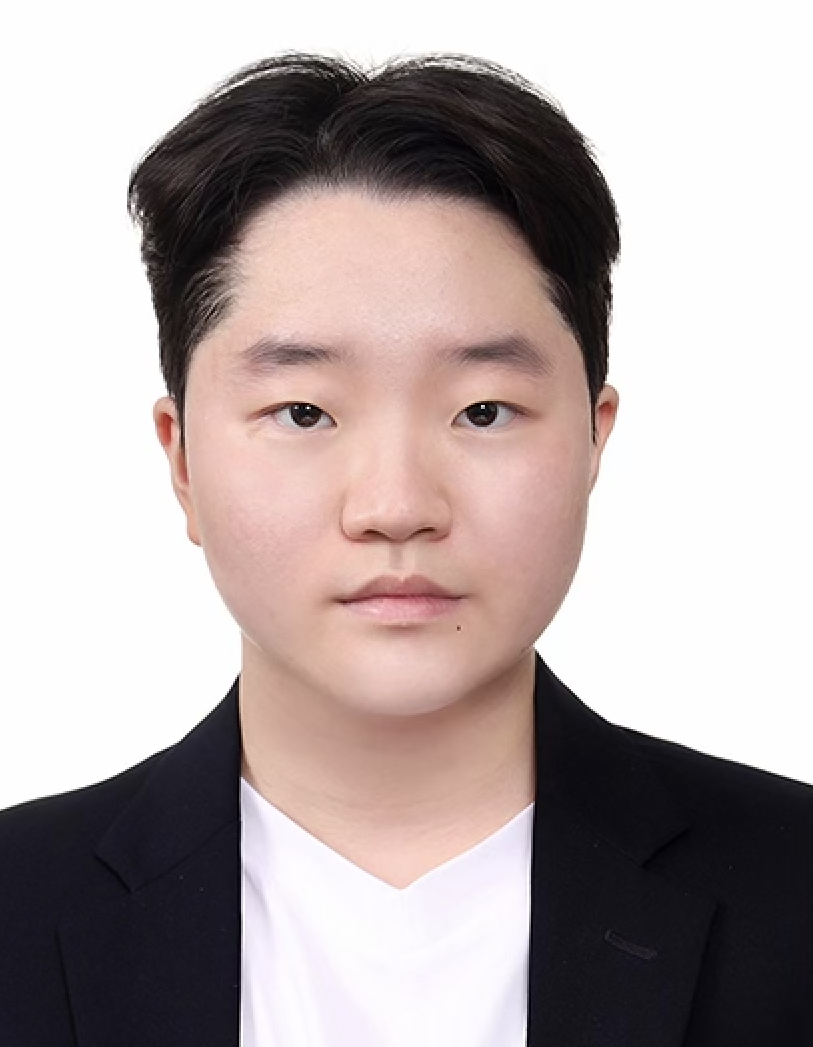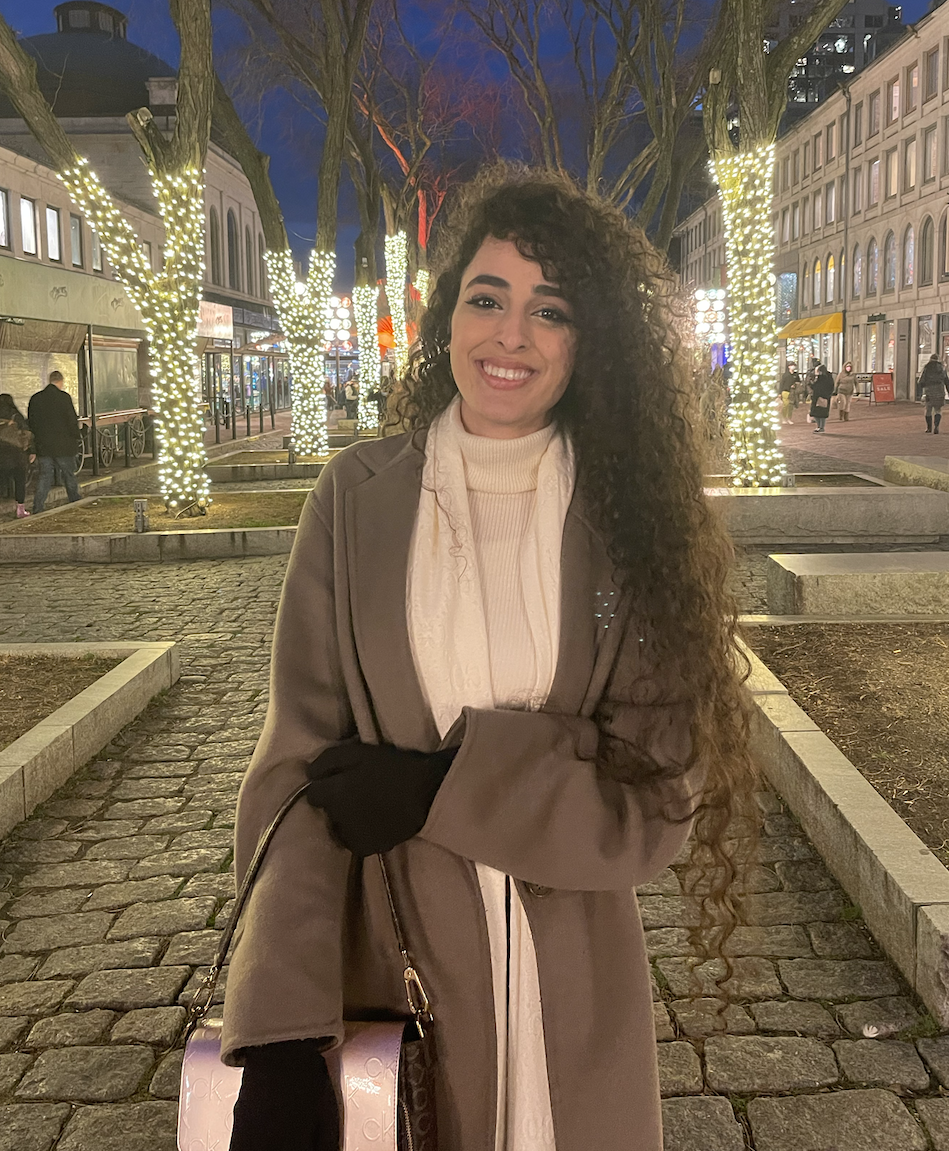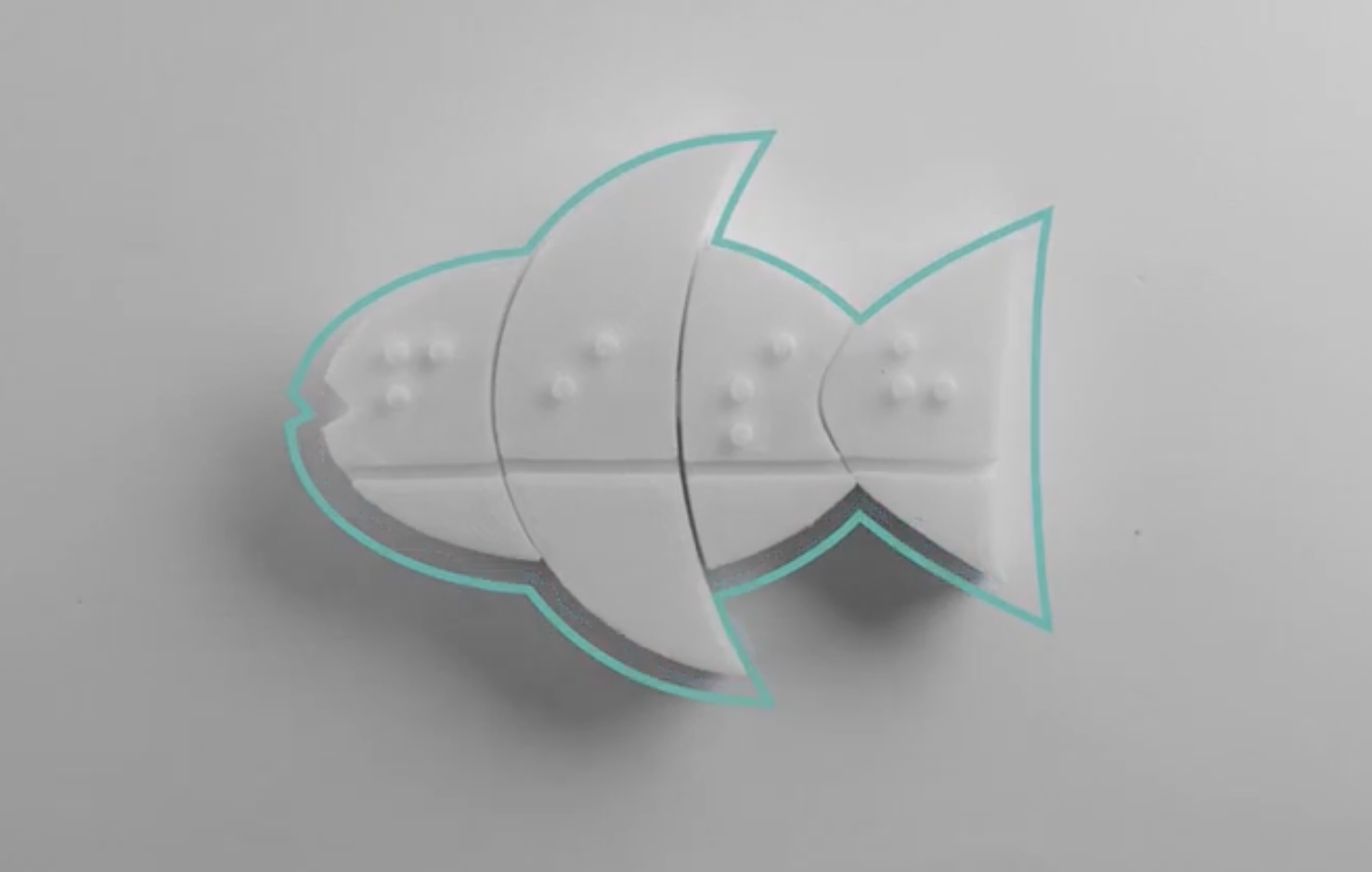To engage potential clients, we created email templates that effectively communicated our intentions and the value we could offer. These templates were used to reach out to various organizations. We aimed to cast a wide net to ensure we could gather valuable insights. Sending at least one email by the specified deadline was a critical milestone in this process.
Meeting with the Carrol Center
Our team conducted an enlightening Zoom meeting with representatives from the Carrol Center. Although we had not yet confirmed them as our client at this stage, the meeting yielded a wealth of insights and ideas.
- One of the suggestions was to create a 3D puzzle map for streets and intersections, which could serve as an educational tool, helping visually impaired children better understand real-world spaces.
- Another concept that emerged was the development of a 3D map of a webpage, making digital content more accessible through touch, which would broaden the horizons of visually impaired children in the digital realm.
- A vital insight from the meeting was the importance of creating products that are not exclusive to visually impaired children but rather promote inclusivity. The idea of bridging the gap between blind and sighted children in play and learning was emphasized.
The Carroll Center representatives provided insights into the need for tactile and spatial learning materials, emphasizing that visually impaired children often lack exposure to and understanding of real-world objects.
Questions Asked in the Meeting
During our discussion with the Carrol Center representatives, we posed several pertinent questions:
- We inquired about feedback or input from visually impaired students or their parents regarding their preferences or needs for educational materials. However, the Carrol Center primarily provided digital materials, limiting the depth of the response
- We sought guidance on specific themes or subjects that the Carrol Center would like us to consider when designing tactile puzzles. This led to the exploration of ideas such as farm maps, street maps, and other engaging educational concepts.
- We engaged in a discussion about the ideal age group for our project, with the potential for matching us with a specific student in the age range of 6 to 10 years old. This was a pivotal step in customizing our project to meet the needs of our client.
Preparing Open Source Hardware
To effectively convey our ideas and concepts to the Carrol Center, we prepared an open-source hardware prototype—a fish tactile puzzle. The prototype was designed to help visually impaired children explore the concept of a "fish" through touch and braille. This tactile puzzle aimed to provide a hands-on learning experience, promoting both education and enjoyment.
The word “fish” is constructed by joining together 4 puzzle blocks that have braille letters F-I-S-H embossed on them. The blind child fits together the blocks by feeling and matching the right shapes. A line engraved at its bottom ensures that the letters are aligned. The kid is able to read the word “fish”. Next, the kid feels around the contours of the entire bloc, to understand what the form of a fish is.
Client Release for Liability
One of the essential components of this project was the creation of a client release for liability. It was imperative to establish clear expectations, responsibilities, and boundaries to ensure that we "Do No Harm." This would serve to protect both our team and the client and guarantee a transparent and professional working relationship.
Both parties agree to maintain confidentiality, act professionally, and adhere to the "Do No Harm" principle. Termination can be initiated with written notice. This Release represents the entire agreement between the parties.
Expanding Understanding of the Problem
After our initial meeting with the Carrol Center and extensive discussions within our team, we employed two Design Thinking Methodologies—the Empathy Map and Prioritization Grid—to gain a more profound understanding of the problem our client was facing. These methods enabled us to think critically and creatively, ensuring that our solutions would be both innovative and effective.
For the Empathy Map, I was mainly trying to remember what my grandpa, who was visually impaired, used to do and say often. He used to require a lot of help doing simple daily tasks, but he had the ability to recognize things easily by touching and feeling them.
For the Prioritization Grid, we were focusing on the insights that were shared during our meeting with the Carrol Center. Most of the ideas that they suggested, and I mentioned above, were mentioned here as well.
Defining the Problem
From our research and brainstorming, we identified our 5 ways to solve the problem:
- The creation of a tactile farm map, complete with 3D printed animals and textures, accompanied by sounds to enhance the learning experience.
- The development of a tactile road map that incorporates auditory cues to guide visually impaired children safely.
- The design of an inclusive maze to ensure accessibility for all children, promoting interaction and engagement.
- The crafting of tactile state or regional maps to provide children with an understanding of the world around them.
- The concept of a tactile chess game that would enhance cognitive and strategic thinking skills, fostering mental development.
Continuing Client Engagement and Brainstorming
Our client interaction and brainstorming sessions are ongoing processes. We have identified potential solutions, but we believe that further client engagement is necessary to refine our approach. The upcoming meeting with the Perkins School for the Blind may provide additional perspectives and insights.
Next Steps
While we made significant progress, our client selection wasn't finalized after the Carrol Center meeting. We scheduled another meeting with the Perkins School for the Blind on November 11, with the possibility of collaborating with both organizations. Our objective remains to create innovative, inclusive, and engaging educational tools for visually impaired children.
In conclusion, Project 6 has been a journey of exploration, creativity, and empathy. It has reinforced our commitment to creating products that are both engaging and inclusive for visually impaired children. We look forward to continuing our work and bringing innovative solutions to life.





